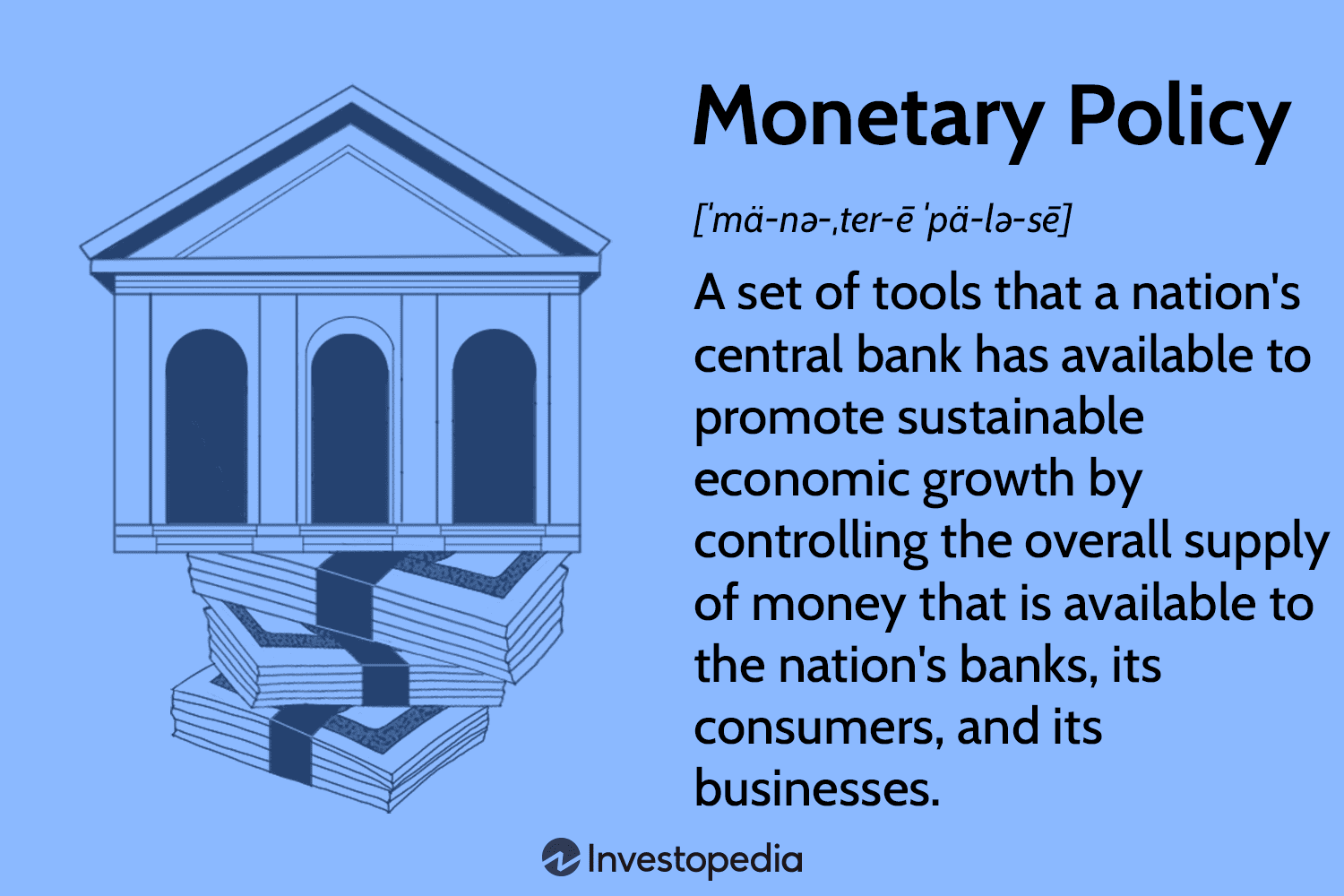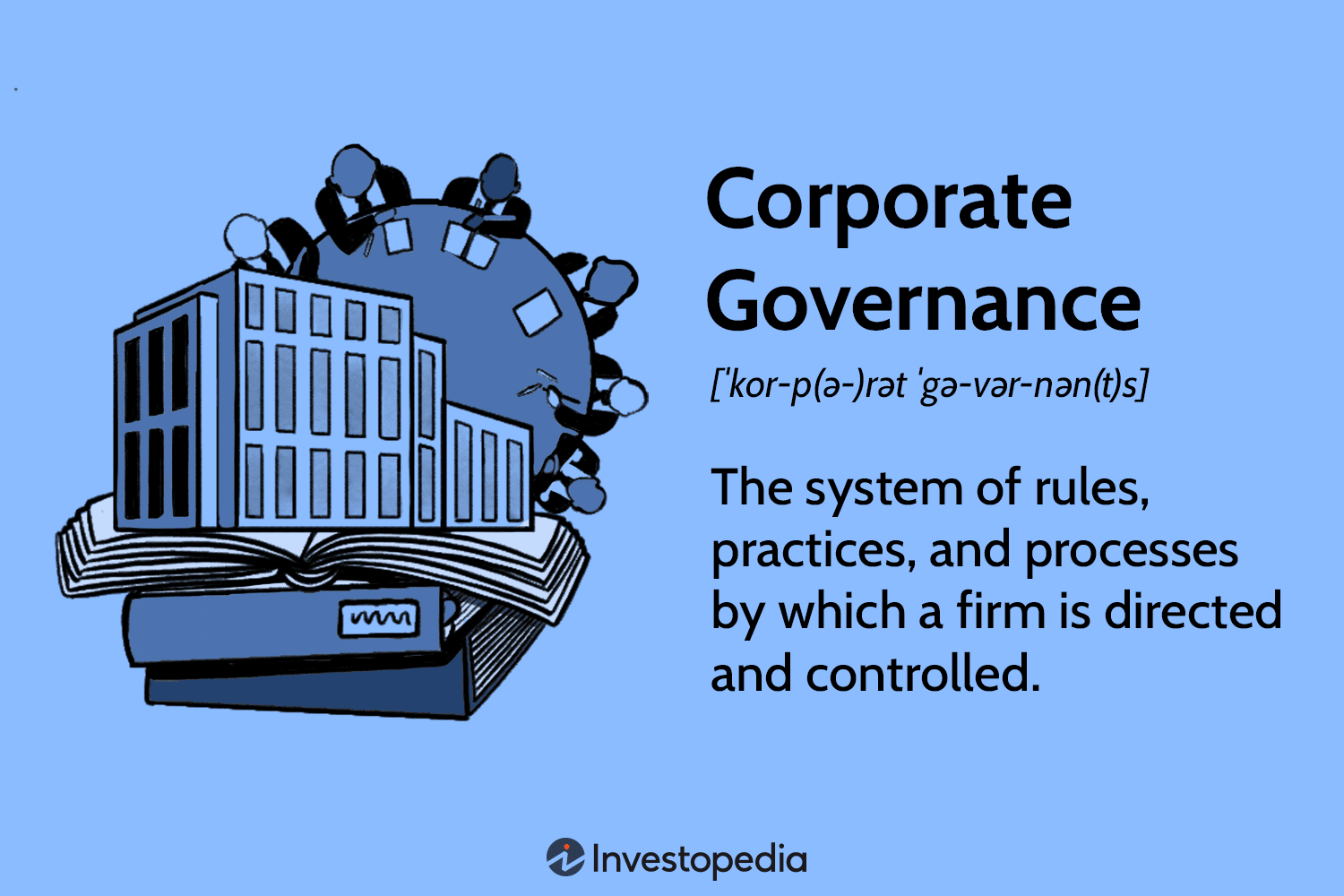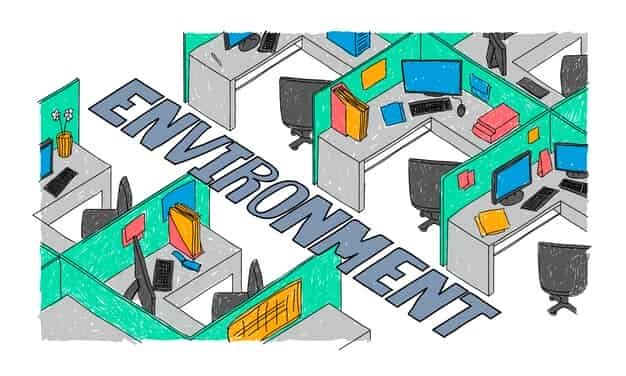Circular Economy: A Simple Definition
Mia Wilson
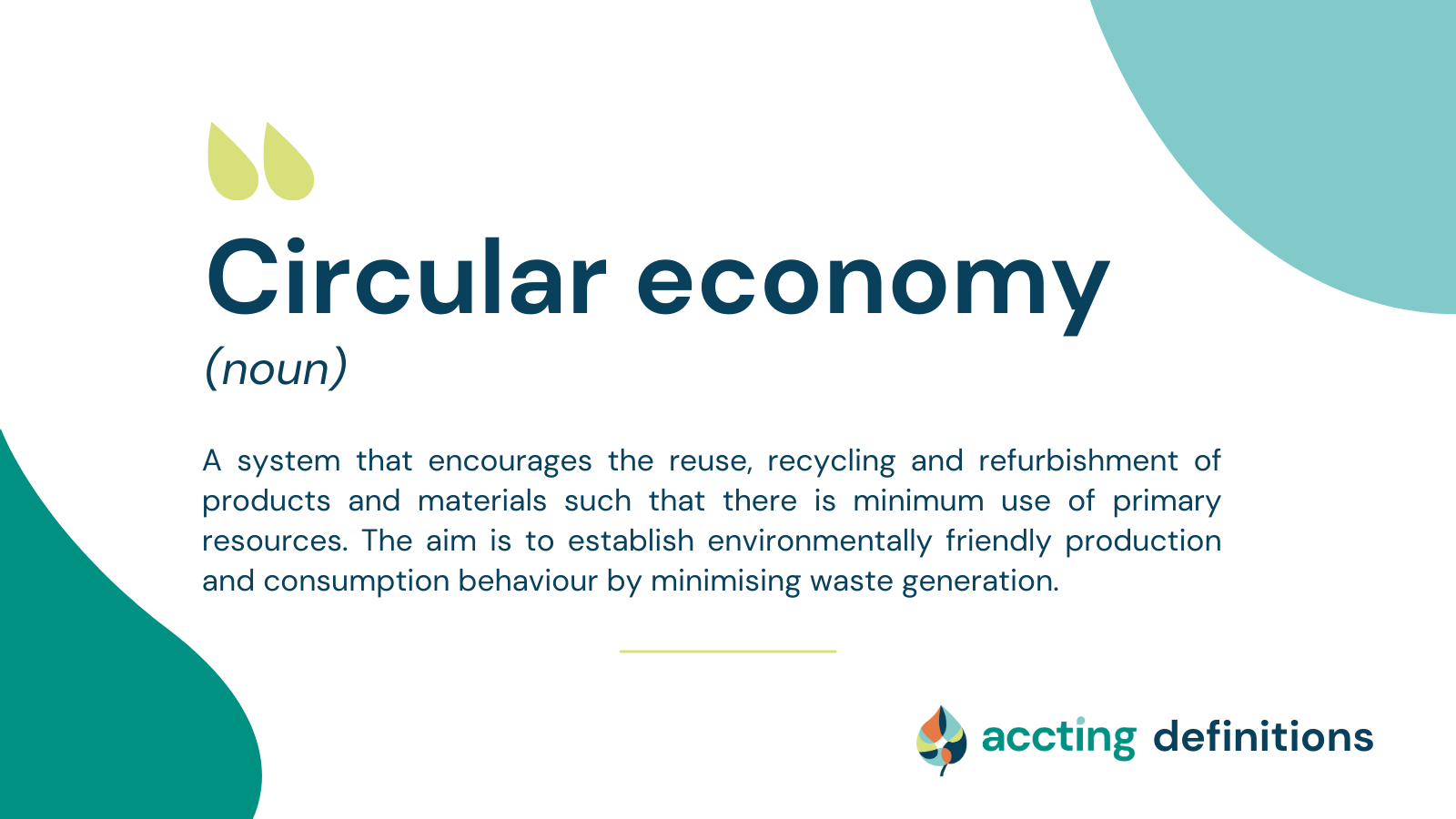
Photo: Circular Economy: A Simple Definition
Circular Economy: A Simple Definition
Introduction
As concerns about climate change, resource depletion, and environmental sustainability continue to grow, the concept of a circular economy has emerged as a viable solution. But what exactly is a circular economy? In simple terms, it’s a model designed to eliminate waste, promote the continuous use of resources, and create a sustainable, regenerative system. This approach contrasts sharply with the traditional linear economy, which follows a “take, make, dispose” model, resulting in significant environmental harm.
This article will provide a clear, concise definition of the circular economy, explore its core principles, and highlight how individuals, businesses, and governments can benefit from adopting this sustainable model.
Understanding the Circular Economy
A circular economy is an economic system aimed at minimizing waste and making the most of resources. Rather than discarding products after use, this model emphasizes designing for durability, reusability, and recyclability. The key idea is to create a closed-loop system, where products and materials are continuously cycled through various stages of use without ending up in landfills or incinerators.
Core Principles of a Circular Economy
To grasp the concept fully, it’s essential to understand the core principles underpinning the circular economy:
- Design Out Waste and Pollution
A fundamental principle is to design products and systems that eliminate waste at the outset. By carefully selecting materials and designing for longevity, companies can reduce pollution and waste throughout a product's life cycle. - Keep Products and Materials in Use
The circular economy promotes the idea of extending the lifespan of products through repair, refurbishment, and recycling. This principle ensures that resources remain in circulation for as long as possible, reducing the demand for new raw materials. - Regenerate Natural Systems
Unlike the linear economy, which often damages ecosystems, a circular model focuses on improving the environment. For instance, composting biodegradable materials returns nutrients to the soil, fostering healthier ecosystems.
Linear vs. Circular Economy: Key Differences
The primary difference between a linear and a circular economy lies in their approach to resource use and waste management. A linear economy operates on a "take-make-dispose" basis, where raw materials are extracted, transformed into products, and discarded after use. This process leads to resource depletion and significant environmental impacts, such as pollution and greenhouse gas emissions.
In contrast, a circular economy emphasizes the reuse, repair, and recycling of materials. By keeping products in use for longer and designing waste out of the system, a circular economy reduces environmental impact and conserves resources.
| Feature | Linear Economy | Circular Economy |
|---|---|---|
| Resource Utilization | Extract, use, discard | Reuse, repair, recycle |
| Waste Management | High levels of waste generated | Minimal waste |
| Environmental Impact | Significant pollution | Reduced pollution, regeneration |
| Product Design | Short lifespan, disposable focus | Long lifespan, reusable focus |
Benefits of Adopting a Circular Economy
Environmental Benefits
One of the most significant advantages of a circular economy is its positive impact on the environment. By reducing waste, lowering greenhouse gas emissions, and conserving natural resources, it plays a crucial role in combating climate change. Additionally, regenerating natural ecosystems helps restore biodiversity.
Economic Benefits
A well-implemented circular economy can drive economic growth by creating new business opportunities in sectors like recycling, repair, and remanufacturing. According to a study by the Ellen MacArthur Foundation, transitioning to a circular economy in Europe could generate a net economic benefit of €1.8 trillion by 2030.
Social Benefits
Adopting circular practices can create more jobs in local communities, especially in the fields of recycling, refurbishment, and sustainable agriculture. Moreover, reducing pollution and improving ecosystems can enhance public health and overall well-being.
How to Transition to a Circular Economy
For Businesses
- Redesign Products
Companies can start by redesigning their products for longevity, repairability, and recyclability. - Adopt Circular Supply Chains
Transitioning to a circular supply chain involves sourcing materials responsibly and ensuring that waste is minimized at every stage. - Collaborate Across Industries
Collaboration between businesses, governments, and non-profits is essential to creating a scalable circular economy. Partnerships can lead to shared innovations, reducing costs and accelerating the adoption of circular models.
For Individuals
- Choose Durable Products
Consumers can support the circular economy by purchasing high-quality, durable products that last longer. - Repair and Reuse
Instead of discarding broken items, individuals should seek to repair them or donate usable goods. - Recycle Properly
Proper recycling is crucial to keeping materials in circulation. Understanding local recycling guidelines helps ensure that more waste is diverted from landfills.
For Governments
- Legislate for Sustainability
Governments can encourage the circular economy by implementing policies that promote sustainable practices, such as extended producer responsibility (EPR) schemes and tax incentives for circular innovations. - Invest in Infrastructure
Building infrastructure for recycling and waste management is key to supporting circular practices on a large scale.
Challenges in Implementing a Circular Economy
While the circular economy offers numerous benefits, transitioning to this model isn’t without challenges. Key obstacles include:
- Consumer Behavior
Shifting consumer habits from a disposable mindset to one that values longevity and reuse can be difficult. Education and awareness campaigns are essential to drive this change. - Cost of Transition
For businesses, the initial cost of redesigning products and supply chains can be high. However, long-term savings and new revenue streams often offset these costs. - Lack of Infrastructure
In many regions, the necessary infrastructure for recycling, composting, and repairing goods is lacking. Governments must prioritize investments in these areas to enable a circular economy.
Conclusion
The circular economy represents a promising shift away from the wasteful, resource-intensive practices of the linear economy. By focusing on designing out waste, keeping materials in circulation, and regenerating natural systems, it offers a sustainable path forward for both the environment and the economy.
Adopting a circular economy will require the collaboration of individuals, businesses, and governments. While challenges exist, the long-term benefits ranging from reduced environmental impact to economic growth make it a model worth striving for. As we move toward a more sustainable future, embracing circular practices is no longer just an option it’s a necessity.
For You
View AllUncover the basics of monetary policy, its tools, and how it influences economic growth. Click for easy insights!
Mia Wilson
Packing for one? Discover the ultimate solo travel packing checklist to stay prepared and stress-free on your next adventure!
Mia Wilson
Discover magical winter adventure destinations. From skiing to ice climbing, embrace the chill and create unforgettable memories this season!
Mia Wilson
Learn about corporate governance, its principles, and its role in ethical business practices. Click for essential insights!
Mia Wilson
Uncover the truth about blockchain's environmental impact and sustainability efforts.
Mia Wilson
Discover the key points of the Kyoto Protocol in this concise overview. Learn its significance and impact on global climate policy. Click to understand more!
Mia Wilson
Education
View All
April 24, 2025
What Is Distance Education? Explained!
Discover how distance education works, its benefits, and how it’s transforming learning. Start your journey today!
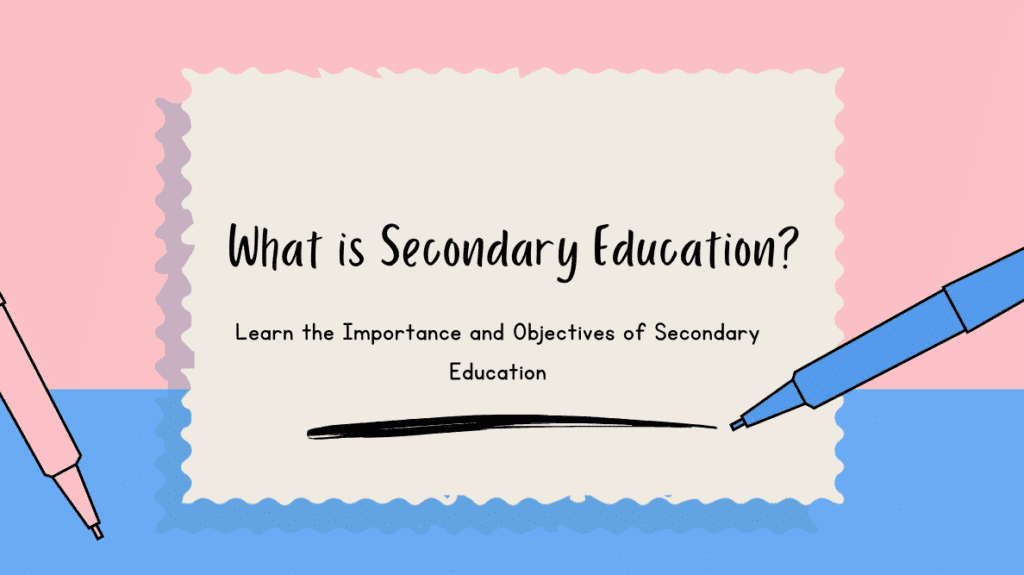
April 17, 2025
What Is Secondary Education? Explained!
Learn about secondary education, its structure, and its role in shaping academic and career paths. Get insights today!

April 14, 2025
What Is Post-Secondary Education?
Understand post-secondary education, its types, and how it shapes careers. Start exploring your opportunities today!
